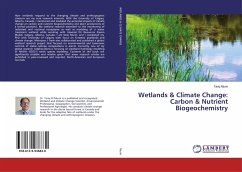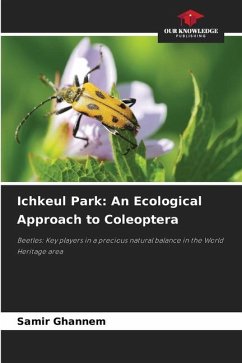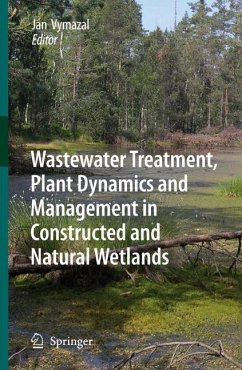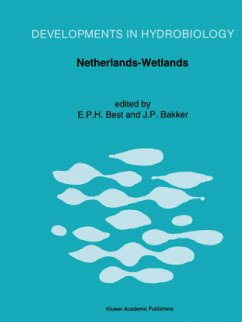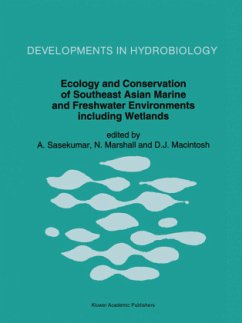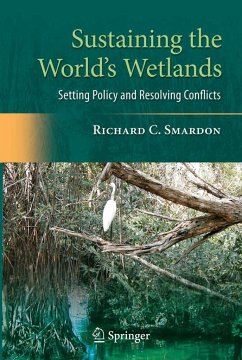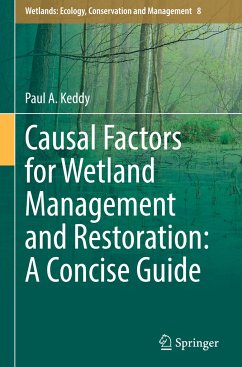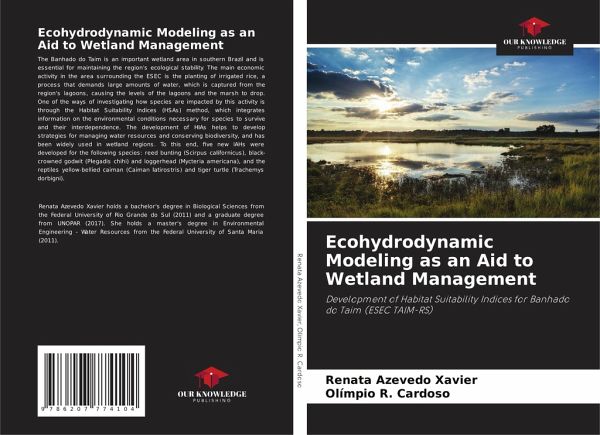
Ecohydrodynamic Modeling as an Aid to Wetland Management
Development of Habitat Suitability Indices for Banhado do Taim (ESEC TAIM-RS)
Versandkostenfrei!
Versandfertig in 6-10 Tagen
41,99 €
inkl. MwSt.

PAYBACK Punkte
21 °P sammeln!
The Banhado do Taim is an important wetland area in southern Brazil and is essential for maintaining the region's ecological stability. The main economic activity in the area surrounding the ESEC is the planting of irrigated rice, a process that demands large amounts of water, which is captured from the region's lagoons, causing the levels of the lagoons and the marsh to drop. One of the ways of investigating how species are impacted by this activity is through the Habitat Suitability Indices (HSAs) method, which integrates information on the environmental conditions necessary for species to s...
The Banhado do Taim is an important wetland area in southern Brazil and is essential for maintaining the region's ecological stability. The main economic activity in the area surrounding the ESEC is the planting of irrigated rice, a process that demands large amounts of water, which is captured from the region's lagoons, causing the levels of the lagoons and the marsh to drop. One of the ways of investigating how species are impacted by this activity is through the Habitat Suitability Indices (HSAs) method, which integrates information on the environmental conditions necessary for species to survive and their interdependence. The development of HIAs helps to develop strategies for managing water resources and conserving biodiversity, and has been widely used in wetland regions. To this end, five new IAHs were developed for the following species: reed bunting (Scirpus californicus), black-crowned godwit (Plegadis chihi) and loggerhead (Mycteria americana), and the reptiles yellow-bellied caiman (Caiman latirostris) and tiger turtle (Trachemys dorbigni).





